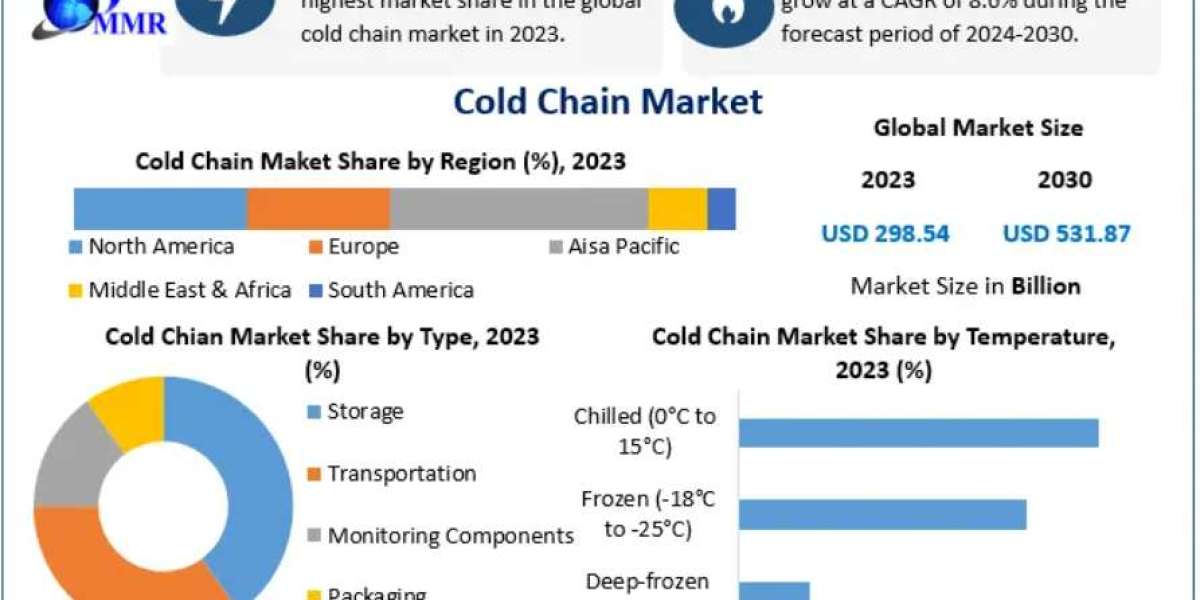In 2025, video content reigns supreme. Whether it’s product reviews, tutorials, documentaries, or social media reels, video is the most consumed and shared form of media on the internet. YouTube remains the dominant player, but it’s far from the only option. A growing number of creators and brands are exploring alternative video websites like YouTube to diversify their audience reach, enjoy better monetization, and break free from algorithm-driven limitations.
At the same time, platforms like Instagram are pushing their video capabilities further, and businesses are investing in high-quality content through YouTube video production services. If you're a content creator, brand, or marketer looking to expand your presence, this guide will help you navigate the evolving landscape of video platforms in 2025.
Why Look Beyond YouTube?
While YouTube is still the largest video-sharing platform with over 2.7 billion monthly users, it also has some limitations:
Strict content and monetization policies
Heavy reliance on ad revenue
Intense competition for visibility
Algorithm unpredictability
As a result, many creators and businesses are exploring alternative video websites like YouTube that offer different audiences, monetization models, or niche-focused communities.
Top 7 Video Websites Like YouTube in 2025
Here are seven of the most popular and effective YouTube alternatives for content sharing and audience engagement in 2025:
1. Vimeo – Best for Professional Creators
Vimeo continues to cater to filmmakers, artists, and businesses who value clean design, HD streaming, and customizable privacy settings. It’s ideal for those who want to embed videos on their websites or share polished content without ads.
Key Features:
Ad-free viewing experience
Advanced video player customization
Collaboration tools for teams
Built-in analytics and marketing integrations
Best For: Agencies, brands, and independent filmmakers
2. Dailymotion – A Global Alternative
Often referred to as the “French YouTube,” Dailymotion has a significant presence in Europe and offers a more relaxed approach to content moderation.
Key Features:
Content discovery by topic
Creator revenue programs
Less saturated than YouTube
Best For: International reach, news, and entertainment content
3. Twitch – Dominating the Live-Streaming Scene
While Twitch started as a gaming platform, it has expanded to include art, music, talk shows, and educational streams.
Key Features:
Real-time audience interaction
Subscription and donation monetization
VOD (Video on Demand) storage for stream replays
Best For: Livestreaming, Q&A sessions, gaming, and behind-the-scenes content
4. Rumble – Free-Speech Focused Platform
Rumble appeals to creators looking for fewer restrictions and alternative monetization opportunities. Its growing user base makes it a rising competitor in the video-sharing space.
Key Features:
Competitive monetization structure
Conservative-friendly content policies
Integration with OTT platforms
Best For: Opinion, commentary, politics, and news creators
5. PeerTube – Decentralized Video Hosting
PeerTube is an open-source, decentralized video platform. It allows anyone to host their own server, giving creators full control over their content and community.
Key Features:
No central ownership or moderation
Federated network of video servers
Full content ownership
Best For: Tech-savvy creators, privacy advocates, and independent journalists
6. TikTok – Short-Form Visual Storytelling
Although not a direct YouTube replacement, TikTok remains a powerhouse in short-form video content. With features now allowing videos up to 10 minutes, it's blurring the line between short and long-form content.
Best For: Trends, challenges, tutorials, and entertainment content
7. Facebook Watch & Instagram Video
Meta’s platforms have doubled down on video. Creators using Facebook Watch and Instagram Reels are seeing significant organic reach—especially when using engaging, mobile-friendly visuals.
Let’s explore further how Instagram videos are evolving.
How Long Can Instagram Videos Be in 2025?
If you’re planning to share content on Instagram, understanding the time limits across different formats is essential. So, how long can Instagram videos be in 2025?
1. Instagram Stories:
Maximum length per segment: 15 seconds
You can post multiple segments to extend your story duration.
2. Instagram Reels:
Originally capped at 60 seconds, Reels now support videos up to 15 minutes, depending on your account and region.
3. Instagram Feed Videos:
Standard video posts support up to 60 minutes for verified or business accounts.
4. Instagram Live:
Live sessions can last up to 4 hours and be saved to your feed or archive.
This expanded flexibility makes Instagram a serious competitor in the video space. Paired with proper editing, the platform is perfect for brand storytelling, tutorials, product showcases, and more.
YouTube Video Production Services: Still King for Long-Form Content
Even as creators explore other platforms, YouTube remains the best destination for high-quality long-form content—and that's where YouTube video production services come in.
What Are YouTube Video Production Services?
These services help creators and businesses produce professional-grade content optimized for YouTube. They typically include:
Scriptwriting and storyboarding
Filming and editing
Motion graphics and animation
SEO optimization
Thumbnail and title creation
Whether you're a solo content creator, a business promoting a product, or a coach launching a video course, these services can dramatically increase video quality and engagement.
Why YouTube Production Still Matters (Even if You're Multi-Platform)
High-quality YouTube videos can serve as cornerstone content. You can repurpose them for:
Short clips on TikTok and Instagram
Snippets for Facebook and LinkedIn
Blog posts and newsletters
Podcasts or audiograms
The better the original production, the easier it is to scale content across all video websites like YouTube and social platforms.
Final Thoughts
As we move deeper into 2025, creators and businesses must diversify their video strategy to stay relevant. Relying solely on YouTube is no longer enough. Platforms like Vimeo, Dailymotion, and Rumble provide alternative channels for visibility and monetization. Meanwhile, TikTok and Instagram are expanding their video capabilities, offering powerful mobile-first engagement opportunities.
Understanding how long Instagram videos can be helps you plan cross-platform strategies, while investing in YouTube video production services ensures you’re delivering professional content that stands out.
The future of video isn’t about choosing one platform—it’s about knowing where your audience is, creating compelling content, and adapting it for every screen and every channel.



